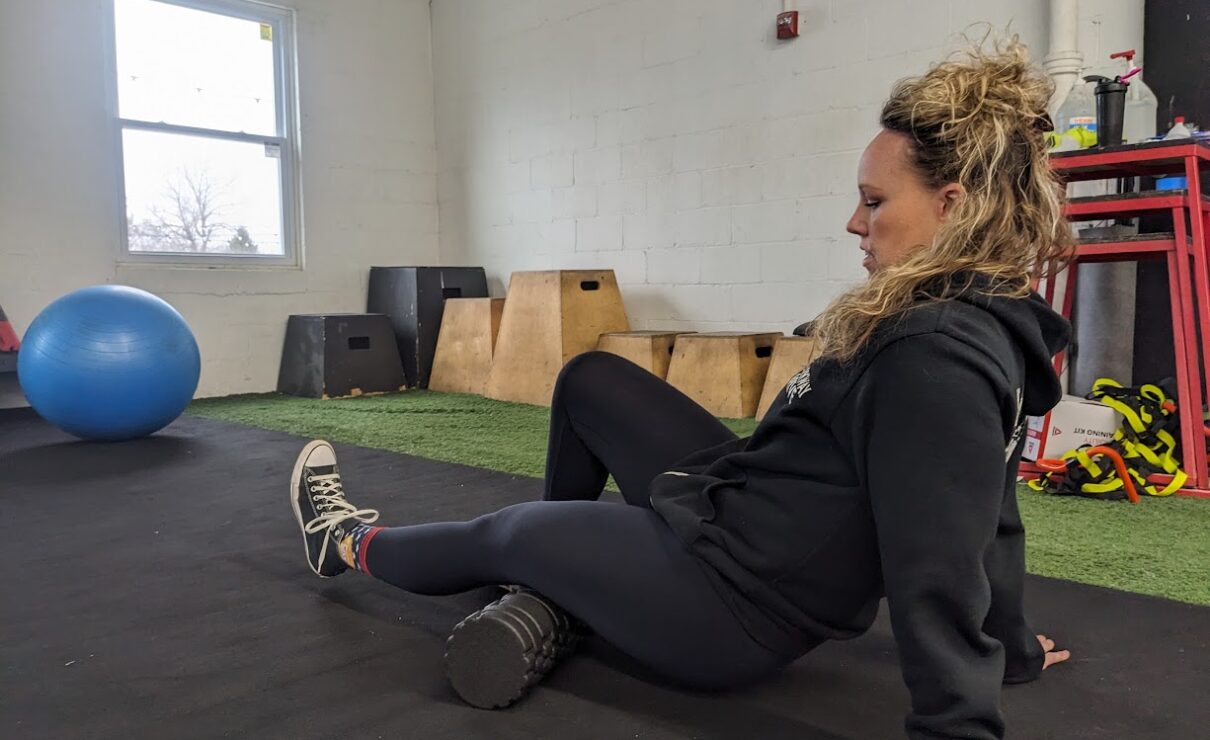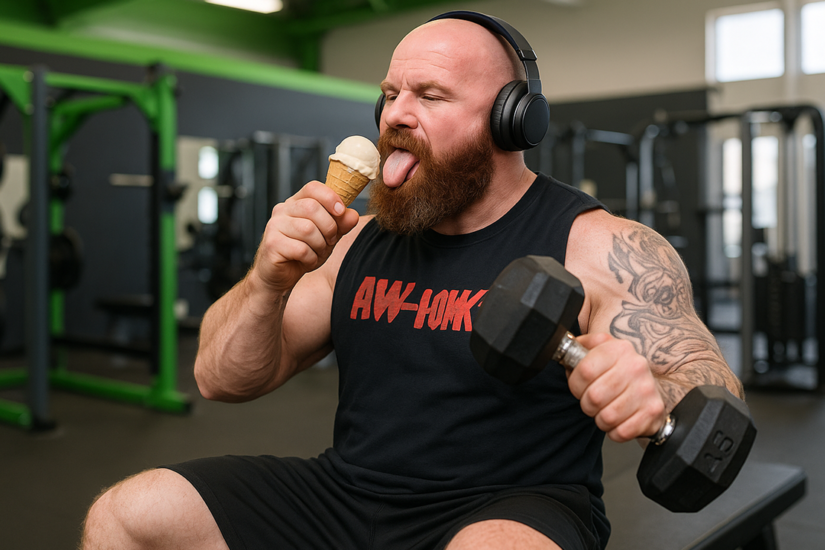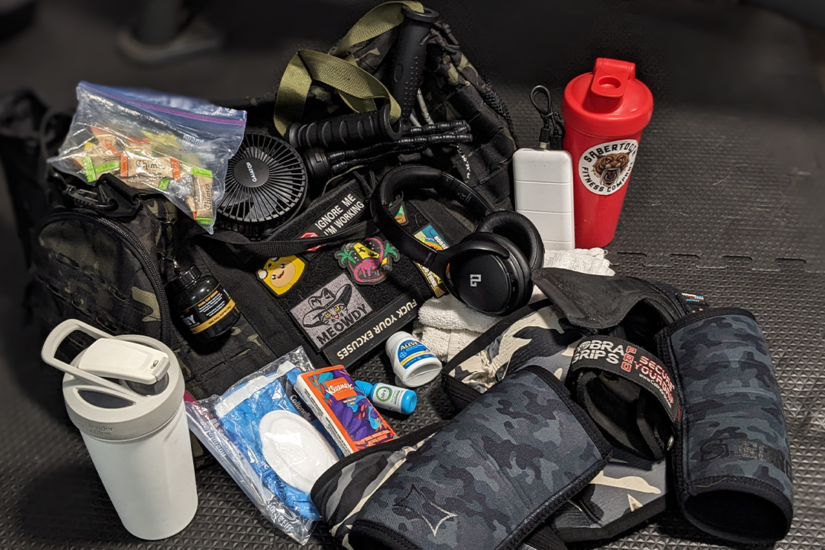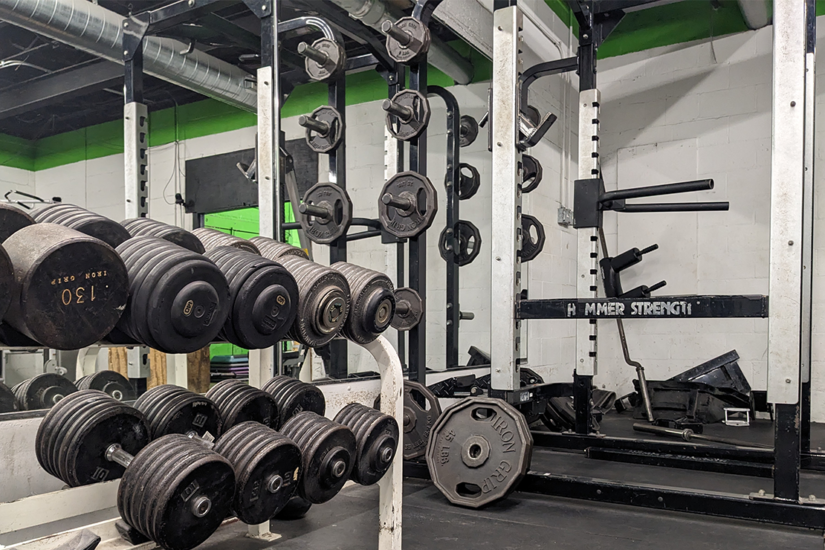You push hard in the gym. You grind through the reps, finish your last set drenched in sweat, and walk out feeling like a warrior. That’s the easy part. But here’s what no one tells you—progress isn’t made during the workout. It’s made in the recovery.
Active recovery isn’t a buzzword or a throwaway day—it’s a crucial weapon in your fitness arsenal. It’s the low-intensity movement that keeps your body in motion while helping it repair, recharge, and come back stronger. And if you’re chasing muscle growth, fat loss, better endurance—or hell, just trying to stay consistent—this article is for you.
Skip To The Good Stuff
What Is Active Recovery?
Active recovery is low-intensity movement performed after intense workouts—or on your rest days—to help your body heal, repair, and reset. Think of it as “intentional movement with a purpose.” You’re not pushing max weight or chasing a personal best. You’re moving just enough to stimulate blood flow, reduce stiffness, and accelerate recovery.
Example activities:
- A 30-minute walk after a heavy leg day
- Light cycling the day after a CrossFit WOD
- Yoga on a Sunday morning to unwind and recharge
This isn’t “taking it easy.” It’s training smarter, not harder. Just the other day, I ran into a buddy of mine at the store—he’s been on a mission to drop some weight. Mid-convo he hits me with the question, “Is it okay to take time off from the gym?”
Without skipping a beat, I told him, “Hell yes.” followed by, “But that doesn’t mean you stop moving; it means you move less to allow proper healing (aka recovery). That is the part most people screw up—time off from the gym isn’t a free pass to park your ass on the couch and inhale a sleeve of cookies. Time off is for recovery, not regression.
Rest? Yes.
Stillness? No.
Remeber: You don’t grow during the grind—you grow when you give your body a chance to rebuild. So take the time off. Just make sure it’s ‘active’ time off, not lazy hibernation and a bucket of ice cream.

Active vs. Passive Recovery: What’s the Difference?
Before you can fully commit to a recovery plan, you need to understand the difference between active and passive recovery—because not all rest is created equal.
Passive recovery is complete rest: no movement, no stress on the body. It’s lying down, taking the day off, letting your body chill. Useful? Sure—especially when you’re sick, injured, or flat-out drained.
But active recovery? That’s strategic. You’re still moving, just at a low intensity. And that movement helps your body recover faster by increasing blood flow, clearing out metabolic waste, and keeping your joints and muscles loose.
It’s the difference between sitting in traffic and cruising in the slow lane—you’re still moving forward.
| Active Recovery | Passive Recovery |
|---|---|
| Light movement (walking, yoga, swimming) | Total rest (laying on the couch) |
| Increases circulation | Allows complete muscle rest |
| Supports mobility and healing | Good for injury or burnout |
| Ideal for most rest days | Best when sick or overtrained |
Bottom line? If you’re healthy and mobile, active recovery beats passive recovery 9 times out of 10.
Top Benefits of Active Recovery
Active recovery isn’t just something you should do—it’s something your body is begging you to do. You know that sore, tight, sluggish feeling you get the day after a hard session? That’s your body asking for circulation, movement, and support—not more couch time.
Here’s what active recovery actually does for you:
1. Reduces Muscle Soreness (DOMS)
Delayed onset muscle soreness (DOMS) is that stiff, achy feeling you get 24–72 hours after a tough workout—it’s your body responding to microscopic muscle damage from training. Active recovery—like walking, swimming, or mobility drills—boosts circulation, which brings in oxygen and nutrients to kickstart muscle repair, while flushing out waste products that slow recovery.
How active recovery helps with DOMS? It boosts blood flow to flush out waste, deliver nutrients, and reduce stiffness—helping your muscles heal faster and keeping you from hobbling for days.
A systematic review published in the Strength and Conditioning Journal found that active recovery methods—including light aerobic movement, stretching, and aqua exercise—reduced muscle soreness, improved flexibility, and helped prevent strength loss following intense training. I can personally confirm that working on active recovery significantly reduces DOMS, as a matter of fact any time I feel DOMS coming on I immediately start stretching and using various active recovery modalities. And when I don’t, I wish I had….
I also get a good chuckle when Coach Ame tells me stories of clients getting really bad DOMS… so bad that they have to crawl up and down the stairs… lol. NO JOKE, it has even happen to me as well on killer leg days – buts its temporary and typically only happens when you push really, really hard on movements your body has not yet adapted to. DOMS is 100% normal, and honestly, can be an addictive feeling once you understand it.
2. Improves Circulation and Joint Mobility
You ever wake up the next day and feel tight, locked up, like your body’s stuck in low gear? Not that delayed onset muscle soreness (DOMS) —that’s a different beast. This is that stiff, cranky-joint kind of feeling from sitting too long after pushing hard.
Active recovery keeps that from happening. It gets your blood moving—delivering nutrients, clearing waste, and keeping your joints lubricated so everything moves smoother and recovers faster. You’re not chasing a sweat—you’re making sure your body doesn’t seize up between sessions.
Try it: 15 minutes of light cycling the day after heavy squats. You’ll feel the difference immediately.
3. Prevents Injury and Overtraining

Here’s the truth: most people don’t get hurt from going too hard once—they get hurt from going too hard, too often, without backing off. That nagging shoulder? That tight lower back? That’s your body waving the red flag you keep ignoring.
Active recovery is how you train smarter, not softer. It gives your joints, tendons, and nervous system the reset they need—without hitting the brakes on progress. It’s the difference between training consistently… or limping through burnout until you’re forced to stop.
Why it matters:
- Keeps you in the game longer
- Reduces overuse injuries
- Supports connective tissue before it breaks down
Recovery isn’t weakness. It’s strategy. A few years back I developed a small tear in my left elbow tendon – confirmed via MRI. Think of the pain as constant golfers elbow. And lifting heavy just made it worse. But when I finally learned to take the time to stretch, warm up, massage, rest (you know the basics of active revcovery) my elbow stopped hurting. But when I don’t perform this type of active recovery on my elbow, the pain returns, and I have to slow down in the gym. So yeah, active recovery is part of my daily routine.
4. Supports Mental Recovery & Motivation
Is active recovery good for mental health? Yes, active recovery is great for mental health. It promotes mood-boosting endorphins, reduces anxiety, and helps maintain routine without burnout.
Recovery isn’t just physical—it’s also mental, too. Active recovery days give your brain space to reset while still feeding your momentum. You get the feel-good hormones, the structure, and the habit reinforcement—without the stress of a full training day. The NIH even published a study concluding that the evidence of the benefits of physical exercise on mental health is of paramount importance.
5. Enhances Long-Term Performance
Long-term performance isn’t just about hitting new PRs—it’s about training hard, staying healthy, and making steady progress for years without constant setbacks.
Active recovery plays a direct role in that. It helps regulate systemic inflammation, keeps soft tissue healthy, and reduces wear on joints and tendons—things that break down first when volume piles up. It also keeps your nervous system from getting fried so you can maintain intensity when it counts.
Over time, this means fewer forced deloads, fewer missed weeks, and more quality training sessions stacked back to back. That’s what leads to measurable, lasting gains—whether it’s muscle growth, strength, endurance, or all of the above.
Anyone can go hard for a few weeks. Staying strong for the long haul takes strategy—and active recovery is part of it.
The Science Behind Active Recovery
Forget the hype. Let’s talk facts. Active recovery isn’t just “nice to have”—it’s physiologically effective. Here’s what’s going on behind the scenes when you trade your off day for intentional movement.
What Happens to Your Muscles After a Workout
When you lift, sprint, or grind through a high-intensity session, you’re breaking down muscle fibers, draining glycogen stores, and triggering inflammation. That’s not a bad thing—it’s how your body adapts.
But here’s the catch: recovery is when the actual growth and repair happen. Without it, you’re stuck in breakdown mode.
A study published in The National Library of Medicine explains that eccentric exercise causes micro-damage to muscle fibers, triggering structural breakdown that requires rest, nutrients, and time to fully repair and grow stronger. This makes recovery not just helpful—but essential—for muscle growth and long-term performance.
Lactic Acid, Inflammation & Recovery Misconceptions
Lactic acid is a substance produced when your body breaks down carbohydrates for energy during intense exercise – which is totally normal. When oxygen is limited, like during heavy lifting—your body converts glucose into lactic acid (when it is needed for energy), which then quickly turns into lactate in the muscles. Lactate allows your muscles to keep working under stress by providing fast energy and helping to buffer acidity that builds up during intense exercise.
This process helps keep you going, not slow you down.
Let’s clear up the classic myth: lactic acid doesn’t cause muscle soreness. It’s cleared from your system within an hour post-exercise. What lingers? Inflammation, microscopic tears, and fluid buildup—that’s what causes DOMS (Delayed Onset Muscle Soreness).
Active recovery helps by:
- Increasing blood flow to affected tissues
- Promoting lymphatic drainage
- Speeding up inflammation resolution
Active Recovery and Your Nervous System
It’s not just about your muscles. High-intensity training taxes your central nervous system (CNS) too. Recovery lets your CNS reset, and active recovery—especially modalities like breathwork or light cardio—stimulates your parasympathetic nervous system (aka “rest and digest”).
That means:
- Faster mental and physical reset
- Lower stress hormone levels (like cortisol)
- Better sleep quality
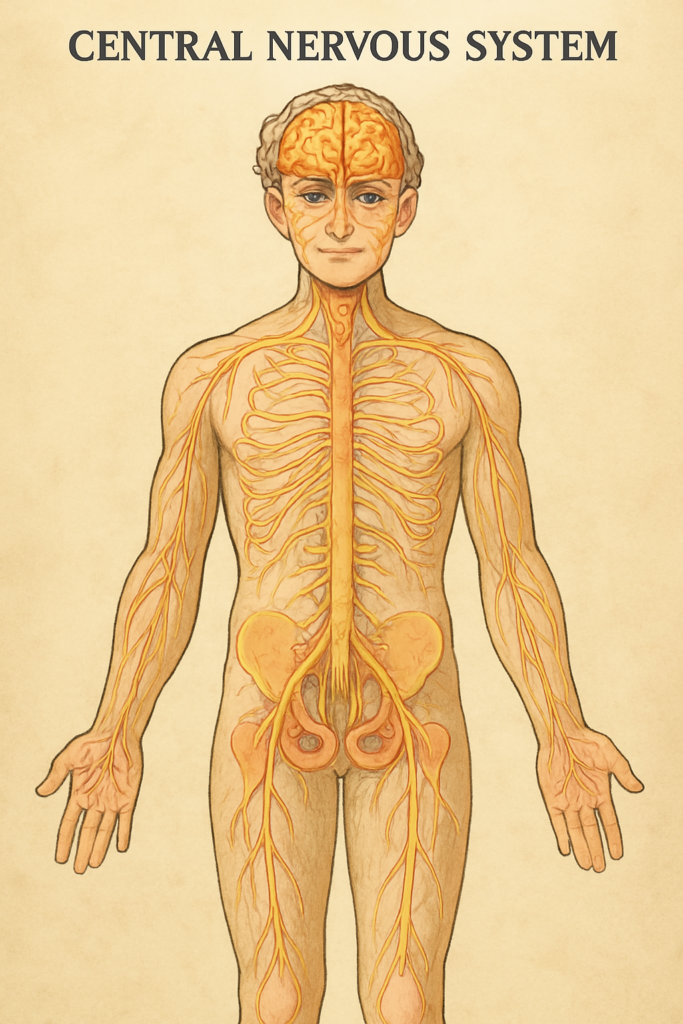
Best Active Recovery Workouts (With Examples)
Active recovery isn’t guesswork—it’s targeted, low-effort movement that supports healing without creating new fatigue. The key is staying under 60–65% of your max effort, enough to stimulate blood flow but not stress your system.
These workouts are simple, scalable, and work for any fitness level.
1. Light Cardio (Walking, Cycling, Swimming)
Low-impact cardio is the gold standard for active recovery. It increases circulation without taxing your joints or central nervous system.
Aim for:
- 20–40 minutes
- Heart rate in Zone 1–2 (conversational pace)
Good options include:
- Brisk walking outdoors or on an incline treadmill
- Easy cycling (stationary or road)
- Lap swimming or water aerobics
💡 Pro Tip: Use this the day after a heavy strength day or high-impact workout to flush soreness and stay loose.
2. Mobility & Stretching Routines
Mobility drills improve joint range of motion, reduce stiffness, and reinforce healthy movement patterns.
Try this flow:
- 5 minutes of dynamic stretching (leg swings, hip openers)
- 10 minutes of mobility-focused moves (deep body weight lunges, shoulder circles)
- 5–10 minutes of static stretching (hamstrings, hip flexors, chest)
Do this at home, post-cardio, or as a standalone recovery day session.
“Stretching is a fundamental part of my training”
– Serena Williams

3. Yoga and Breathwork
Yoga promotes flexibility, recovery, and parasympathetic nervous system activation (rest-and-digest mode). Breathwork enhances that effect.
Best styles for recovery:
- Yin or restorative yoga (not power flow)
- 4-7-8 breathing or diaphragmatic breath drills
These aren’t just for “relaxation”—they reset your system and reduce cortisol, which supports better sleep and muscle repair.
4. Low-Intensity Resistance Band Work
Bands give you controlled resistance with little to no joint strain. Perfect for reactivating muscle groups without causing new damage.
Great moves include:
- Glute bridges with a mini-band
- Banded rows
- Monster walks
- Shoulder external rotations
Keep reps high (15–20), rest short, and focus on range of motion—not max effort.
5. Recovery Tools: Foam Rolling, Massage Guns, Compression
These aren’t workouts—but they complement everything above and can be added pre- or post-session.
| Tool | What It Does | When to Use |
|---|---|---|
| Foam roller | Breaks up muscle tension, boosts mobility | Post-workout or evening |
| Massage gun | Targets knots and tight spots | After training or before sleep |
| Compression gear | Aids circulation and reduces swelling | During long rest periods |
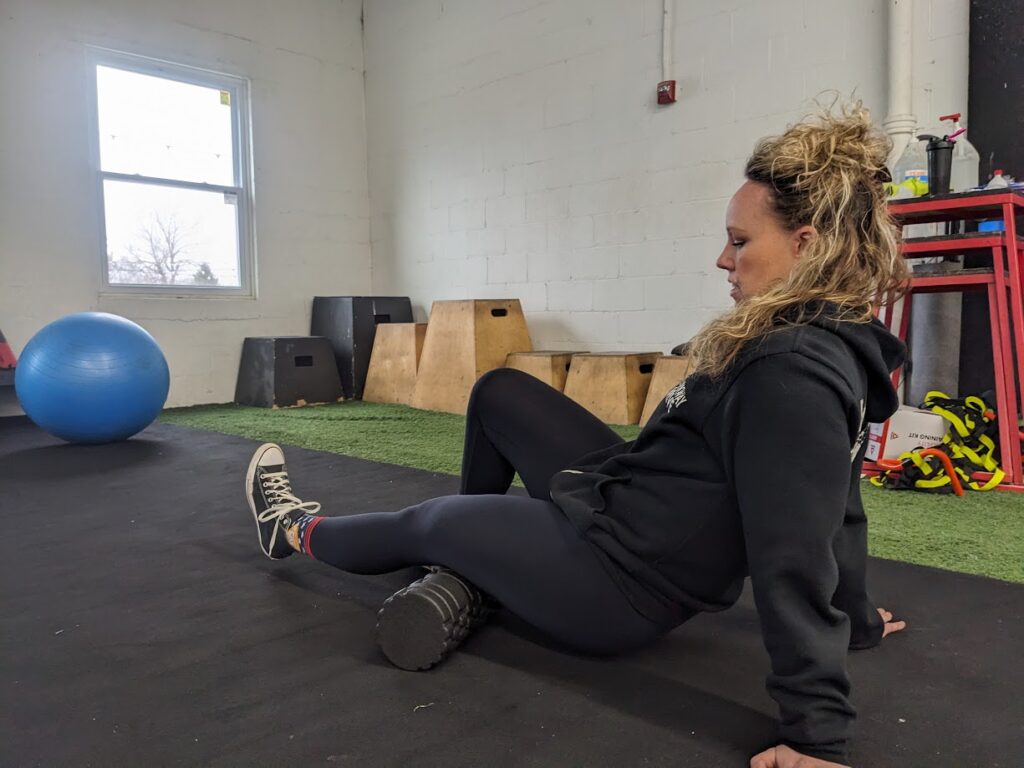
Coach Ame and I don’t just recommend foam rollers and massage guns—we live by them. They’re not some trendy gadget collecting dust in the corner—they’re recovery weapons. They’re the go-to tools for breaking up tight tissue, getting blood flowing, and keeping the body primed for the next round.
If you’re serious about performance and recovery, these inexpensive tools are non-negotiable. Even research in the Journal of Athletic Training indicates that foam rolling can improve range of motion and reduce muscle soreness when used consistently.
When and How Often to Use Active Recovery
The best time to use active recovery? Before your body forces you to.
It’s not just about “rest days.” Active recovery should be built into your weekly plan—strategically placed to keep you training longer, harder, and without injury. Here’s how to time it right.
Weekly Programming Suggestions
A smart recovery setup doesn’t mean skipping progress—it means protecting it. Use active recovery:
- 1–3x per week, depending on training volume and intensity
- After high-intensity days (strength, HIIT, long runs)
- During deload or transition weeks
Sample weekly layout:
- Mon/Wed/Fri – Intense training
- Tues/Thurs – Active recovery
- Sat – Optional training or mobility
- Sun – Passive rest or yoga
Post-Workout Recovery
Is active recovery good after a workout? Yes, active recovery after a workout helps reduce soreness, flushes out waste products, and promotes faster muscle repair. It’s more effective than complete rest for bouncing back from intense sessions.
Ideal timing:
- 10–20 minutes immediately after lifting or cardio
- Low-intensity walk, cycling, or bodyweight mobility circuit
This keeps your blood flowing and prevents the stiffness that creeps in later.
A recent study published in the Journal of Strength and Conditioning Research found that low-intensity movement post-exercise enhances flexibility and reduces soreness more effectively than passive rest.
On Deload Weeks

If you train hard, you can’t redline every week and expect to keep making progress. Eventually, your body hits a wall, and that’s where deload weeks come in.
A deload is a strategic drop in volume or intensity approx every 4–8 weeks to give your body a chance to reset without losing momentum. It’s not slacking—it’s programming with intention. And during that time, active recovery is your secret weapon. You’re still moving, still staying sharp, but without grinding your system into the ground.
Use your deload weeks to not only lift lighter intentionally for recovery purposes, but to stay loose, speed up repair, and prime yourself to come back stronger the following week.
Try adding some non-lifting activities to your deload week:
- Light cardio
- Joint mobility
- Foam rolling
- Restorative yoga
Think of it as active maintenance, not lost progress.
Goal Based Recovery: Muscle Gain vs. Endurance vs. Fat Loss
Active recovery looks slightly different depending on what you’re chasing:
For Muscle Gain:
Is active recovery for muscle growth possible? Yes. If you’re lifting to build size, It helps with muscle growth by improving circulation, reducing inflammation, and keeping training frequency high without overtraining.
- Focus on circulation and nutrient delivery
- Stretching and light cardio support muscle repair
For Endurance:
- Use short, low-effort sessions (walking, easy cycling)
- Helps maintain conditioning without added stress
For Fat Loss:
- Keep movement light but steady
- Consider zone 2 cardio or fasted morning walks
Common Mistakes to Avoid
Active recovery is simple—but that doesn’t mean people get it right. These are the most common screw-ups that stall progress, invite injury, or turn recovery into wasted time.
Mistake #1: Confusing Light Training with Recovery
Recovery isn’t “just training lighter.” If your heart rate is too high, or you’re pushing sets and reps to failure—you’re not recovering.
Rule of thumb:
- You should be able to breathe through your nose
- Hold a conversation the entire time
- Feel better after than when you started
Mistake #2: Skipping Recovery Altogether
Let’s be real—too many people still treat recovery like an optional add-on. It’s not. It’s the missing half of your training equation. Progress requires recovery.
No recovery =
- More soreness
- Slower results
- Higher risk of burnout
Mistake #3: Using Recovery Days as an Excuse to Overtrain
Some athletes “sneak” in full-blown workouts on recovery days. That just adds volume and raises your injury risk—especially if you’re already feeling beat up.
If your recovery workout includes:
- HIIT
- Failure sets
- PR attempts
…it’s not recovery.
Mistake #4: Ignoring Sleep, Food, and Hydration
Movement matters, but don’t forget the basics. Recovery doesn’t work if you’re underslept, underfed, or dehydrated.
- Aim for 7–9 hours of sleep
- Eat protein and complex carbs post-workout
- Stay on top of hydration (especially if you sweat a lot)
A study published in the Journal of Medicine & Science in Sports & Exercise found that total sleep deprivation alters inflammation and hormone levels post-exercise, potentially impairing overall muscle recovery—even if strength performance doesn’t immediately decline.

“Sleep is all about recovering. So if you’re not sleeping, you’re not recovering..“
– Tom Brady
Active Recovery for Different Fitness Levels
No matter where you’re at, recovery matters. But how you approach it should match your current training status.
Beginners: Build Habits Without Burnout
If you’re new to training, recovery isn’t a luxury—it’s how you stay consistent. Start with:
- Walks, yoga, or light band work
- Daily stretching
- 1–2 active recovery days/week
Focus on movement, not perfection. Just show up.
Intermediate: Balance Intensity with Volume
Training hard 3–4x a week? Recovery is how you protect your gains.
- Add structured mobility drills
- Use post-workout cardio (10–15 min low effort)
- Track soreness and energy to time recovery right
Advanced: Program Recovery with Intention
If you’re chasing PRs or running periodized cycles, recovery should be scheduled and non-negotiable. This is where advanced recovery strategies come into play:
- Rotate modalities (yoga, swimming, massage)
- Use recovery weeks every 4–6 weeks
- Monitor HRV, sleep, and mood as feedback loop
FAQs About Active Recovery
How long should an active recovery session last?
Most active recovery sessions last 20–45 minutes. The key is staying low-intensity—long enough to improve blood flow without adding fatigue.
Can I still build muscle with active recovery days?
Yes. Active recovery supports muscle growth by enhancing nutrient delivery, reducing inflammation, and improving training frequency.
Is walking considered active recovery?
Absolutely. Walking is one of the most effective forms of active recovery—it’s low impact, improves circulation, and can be done anywhere.
What should I eat on recovery days?
Focus on protein, complex carbs, and hydration. Examples: grilled chicken, quinoa, leafy greens, water with electrolytes.
Final Active Recovery Takeaways & Next Steps
Most people train hard. Few recover smart. That’s the difference between a body that breaks down… and a body that levels up.
Active recovery isn’t optional. It’s your ticket to faster gains, fewer injuries, and long-term momentum. When you apply it consistently—with the right workouts, the right timing, and the right intent—everything improves.
Remember:
- Active recovery reduces soreness and speeds up results
- It supports consistency, longevity, and mental clarity
- It’s not a rest day cop-out—it’s a performance strategy
You don’t get stronger from training. You get stronger from recovering after training.
So build it in. Make it part of the plan. And stay in the game.
~Rob



